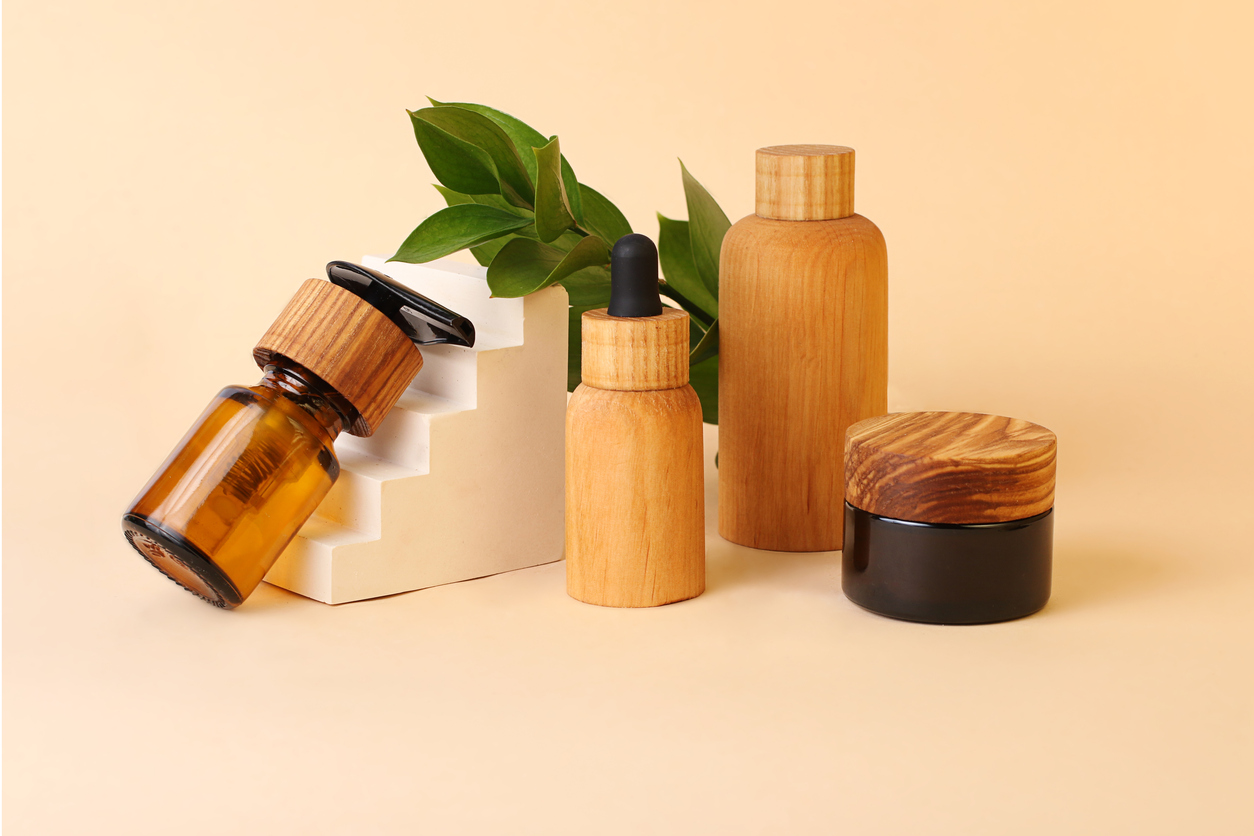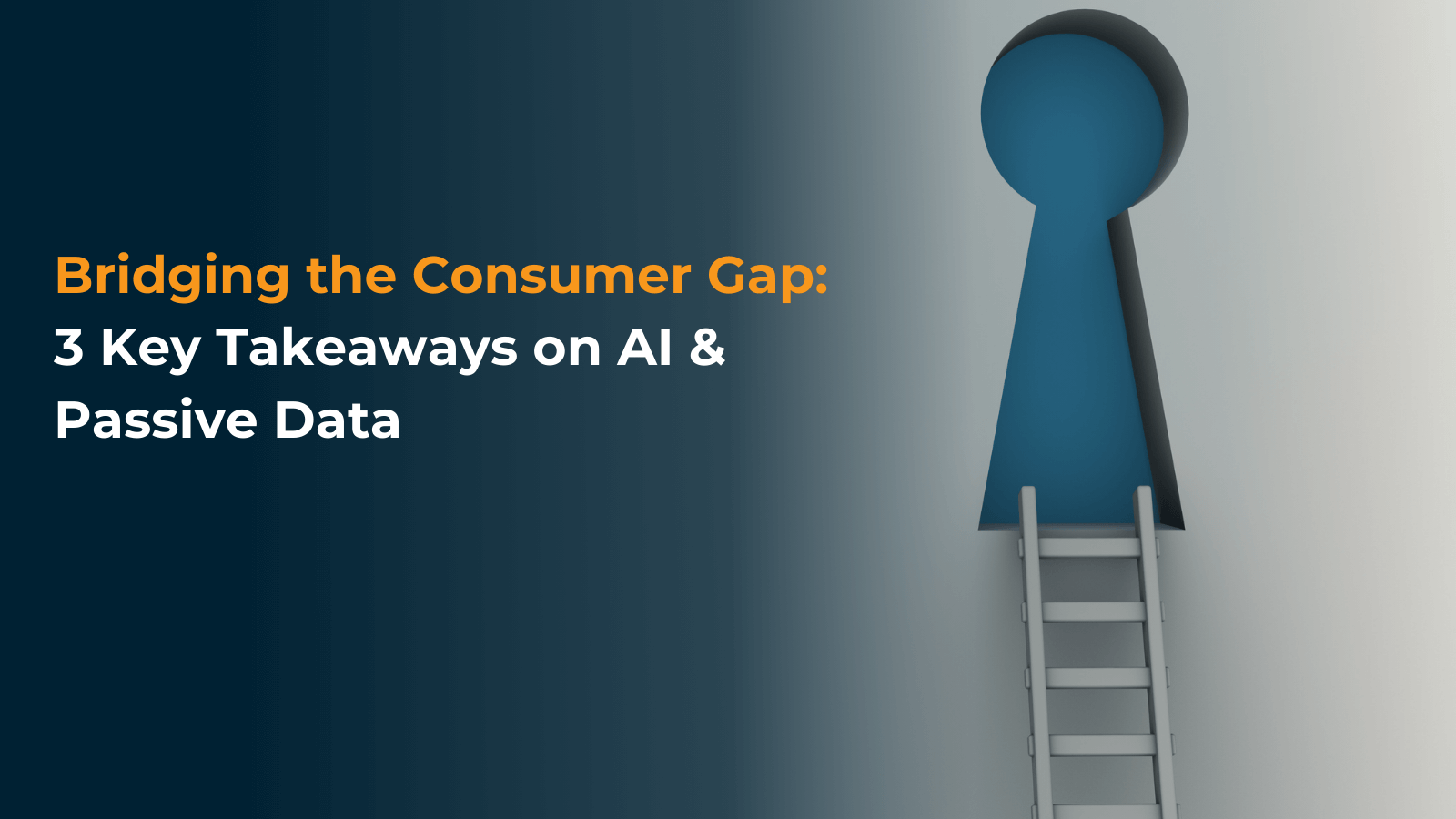Sustainable Business Practices: Using Market Research to Inform Eco-Friendly Initiatives

With climate change and dramatic weather events making the news practically every week, businesses are under pressure to invest in more sustainable business practices. But will those investments pay off? Companies that are trying to improve the sustainability of their current products, move toward more eco-friendly innovation, and create compelling green marketing campaigns need to know what matters to their customers.
That’s where market research focused on sustainability can help. Let’s take a closer look at sustainability in business and how companies can use market research to drive meaningful change.
Sustainable Business Practices and Environmental, Social, and Governance (ESG) Investing
Sustainability is a far-reaching concept. Its key principles encompass everything about corporate social responsibility and the long-term health of an organization, including:
- what the business is doing to protect the environment;
- how it treats its employees, suppliers, partners, and the communities where they live;
- how honest and straightforward it is in its communications; and
- what internal controls it has to manage its operations and ensure profitability.
Most of these concepts are captured under the heading of environmental, social, and governance (ESG) investing, a framework that many investors use to screen potential investments for their long-term viability. ESG focuses on “planet, people, and profit” to determine whether a business will be profitable for years to come—or will collapse due to environmental concerns, poor management, lack of diversity, or other short-sighted practices.
For this blog post, we’ll focus on how market research can aid specifically in promoting environmental sustainability in product development, innovation, and marketing. That may be through changes such as:
- recyclable or plastic-free packaging for existing products,
- sustainable innovation to develop more durable or repairable products that stay out of landfills longer, or
- marketing campaigns that emphasize the environmental benefits of eco-friendly processes and products.
But first, let’s consider why businesses should care about environmental sustainability.
The Benefits of Environmentally Sustainable Business Practices
Working toward greater environmental sustainability can be expensive. Is it worth it? Here are at least three ways that companies can achieve a return on their investment in eco-friendly products and processes.
1. Economic and financial benefits. It’s not just investors and stakeholders that care about sustainability; increasingly, consumers are using the power of their wallets to prioritize sustainable companies. But consumers have been talking about preferring green products for years. Does that talk translate to greater sales or faster growth for companies that invest in environmentally sound practices?
Yes. According to research from McKinsey, “Products making ESG-related claims averaged 28 percent cumulative growth over the past five-year period, versus 20 percent for products that made no such claims.”
2. Social and ethical benefits. Companies that provide environmentally responsible products also raise awareness for consumers about important issues and provide sustainable alternatives. Eventually, those companies that take sustainable business practices seriously could find themselves leading the movement toward greater corporate social responsibility.
3. Environmental benefits. It might go without saying, but there are also environmental benefits to eco-friendly products and innovations, from lower pollution and improved groundwater quality to reduced carbon emissions and a slowing of climate change. After all, every one of us, from billionaire CEOs to factory workers, has to live on this planet.
It’s one thing to understand the importance of sustainable business practices, and another thing to choose a starting point. Which changes do your consumers care most about? The answer, as with other consumer questions, can be found in market research.
The Role of Green Market Research in Driving Sustainable Practices in Business
By surveying your audience about their views on environmental sustainability, you can find out what matters most to them and what they want to see from your business and your products. And—in case they aren’t yet putting their money where their mouth is—market research also gives you insight into consumer behavior. That lets you see what changes in product design, innovation, and marketing move the needle with shoppers at the shelf, and with consumers as they use products in their homes.
- Identifying Consumer Preferences
- Growing Demand of Green Products: Market research platforms provide insights into the growing demand for environmentally friendly products and services.
- Behavioral Insights: Market research technology enables you to gain detailed insights into consumer behavior, revealing preferences for sustainable brands and practices.
- Market Segmentation and Targeting
- Sustainable Segments: Market research insights can help identify segments that prioritize sustainability, enabling businesses to tailor their strategies effectively.
- Effective Messaging: Companies can craft messages that resonate with eco-conscious consumers, enhancing engagement and loyalty.
- Competitive Analysis
- Benchmarking Practices: Brands can use market research to analyze competitors’ sustainability efforts, allowing businesses to benchmark and improve their own practices.
- Identifying Opportunities: The consumer insights you gather can reveal gaps in the market where sustainable practices can provide a competitive edge.
- Product Development and Innovation
- Eco-friendly Innovations: Market research insights guide the development of new, sustainable products and services based on consumer preferences and market trends.
- Sustainable Materials: Market research technology can be used help identify environmentally friendly materials and processes for product development.
Market research technology provides the quantitative and qualitative data you need to understand current consumer behavior and identify opportunities for more eco-friendly growth. Let’s look at three specific applications for market research on sustainability: research that shapes the products you offer, research that informs innovation, and research that influences your marketing messages around sustainability.
Use Green Market Research Insights to Improve Sustainable Product Development
Market research can help you integrate sustainability into the design and development of your existing products so you prioritize the changes your customers want to see. That enables you to differentiate your goods and sets you ahead of your competition.

Find out what consumers are doing with quantitative market research. How well do your most- and least-green products sell? Are customers re-buying green products, and if so, how frequently do they make those purchases? Are consumers who purchase eco-friendly products using those products, or falling back on less-green alternatives? Quantitative approaches like analyzing sales data and conducting in-home usage tests (IHUTs) can give you hard data about consumer behavior.
Use qualitative market research approaches to understand what’s driving consumer behavior. Focus groups and in-depth interviews—online or in person—allow you to ask study participants why they’re buying and using the products they are. Assess how they feel about aspects of sustainable products including:
- labels such as “organic,” “pesticide-free,” “carbon-neutral,” and the like;
- the incorporation of eco-friendly raw materials such as recycled or recyclable materials in the manufacturing process;
- more eco-friendly manufacturing processes that reduce pollution or use renewable energy sources;
- greener shipping options that reduce carbon emissions, such as more local sourcing to reduce shipping distances or the use of renewable fuels in shipping fleets;
- eco-friendly packaging that uses recycled, plastic-free, recyclable, or biodegradable materials;
- products that can be repaired, reused, or refilled to minimize waste; and
- partnerships with suppliers or manufacturers that are committed to sustainable practices.
Create a virtuous cycle of sustainable product development. While the eventual goal is to build a completely sustainable product lifecycle, you can’t do everything at once. Asking consumers to rank the importance of these different approaches lets you prioritize your efforts so you build momentum as you go. You could choose to achieve some small wins by quickly knocking out a few easy changes—or start with a bang by tackling the most impactful changes first.
Drive Sustainable Innovation by Using Market Research to Identify Gaps
As you learn what your consumers like and don’t like about your current products and messaging, you’re likely to also uncover gaps in the market. These represent opportunities for more eco-friendly innovations.
Where do you see emerging green trends? From the list of sustainable features above, what areas could you be more innovative in? Can your innovation team design a new plastic-free package for single-use goods—or even a reusable version of a popular disposable product?
Use market research to assess both consumer demand for eco-friendly innovative products and your competitors’ initiatives in developing more sustainable innovations.
Leverage Market Research to Inform Green Marketing and Product Creative
Just implementing changes to make more sustainable products and eco-friendly innovations benefits the planet. But for those changes to benefit your business, you have to let consumers know what you’re doing. That’s where green marketing comes in. We’re referring here to not just the advertisements you run but also the creative aspects of your products’ packaging, from logos and color schemes to specific labels, terms, and messages.

Use shopalongs to find out what catches consumers’ eyes on the shelves. Are they drawn to particular claims such as “organic” or “natural”? The McKinsey research cited above indicated that products that make unusual claims like being “carbon zero” grew 8.5 percent more than those that didn’t make those claims. Be creative and don’t be afraid to “stack” claims; consumers tended to prefer products that made multiple sustainability claims.
Pair quantitative and qualitative research to truly understand green consumer behavior. Don’t limit yourself to measuring consumer behavior in the store; you also want to know how consumers are using the sustainable products they’ve purchased. When do they use more eco-friendly products—and when do they reach for their less-green competitors? For a cleaning product, for example, does it take more of a green alternative to do the same job—and how do consumers feel about that? Leverage approaches like IHUTs to get raw numbers about product use and follow up with qualitative questions to understand the underlying context.
Avoid greenwashing. While you should certainly promote the green aspects of your business, don’t put the cart in front of the horse. Be careful that your green marketing campaigns don’t get ahead of your current sustainability efforts. Customers see through these greenwashing claims, and they ultimately damage companies’ reputations.
Accurate, effective green marketing helps you inform consumers about the sustainability benefits of your products, but it also raises awareness about important issues like biodiversity, pollution, and carbon emissions. Plus, when you use market research to create effective green marketing campaigns, you encourage consumers to shop more sustainably and provide options that meet the need for eco-friendly products.
Take a Sustainable Approach to Sustainability Market Research
It takes a sustained, long-term effort to improve the sustainability of your current product line, innovate toward more eco-friendly products, and sell the green features of your goods in your marketing campaigns and product creative.
Market research can keep you headed in the right direction with all of these goals, but you’ll need sustainable ways to stay in touch with your audience for months or years to come. That’s where QualSights can help.
QualSights offers cutting-edge market research tools that give companies unprecedented access to real consumers. Our always-on product consumption intelligence coasters let you passively collect accurate and precise quantitative data as consumers use products, while our mobile qualitative insights platform puts that data in context with authentic, in-the-moment feedback as consumers shop for and use products.
Contact us or schedule a demonstration to learn more.
 Research Industry Insights
Research Industry Insights 

